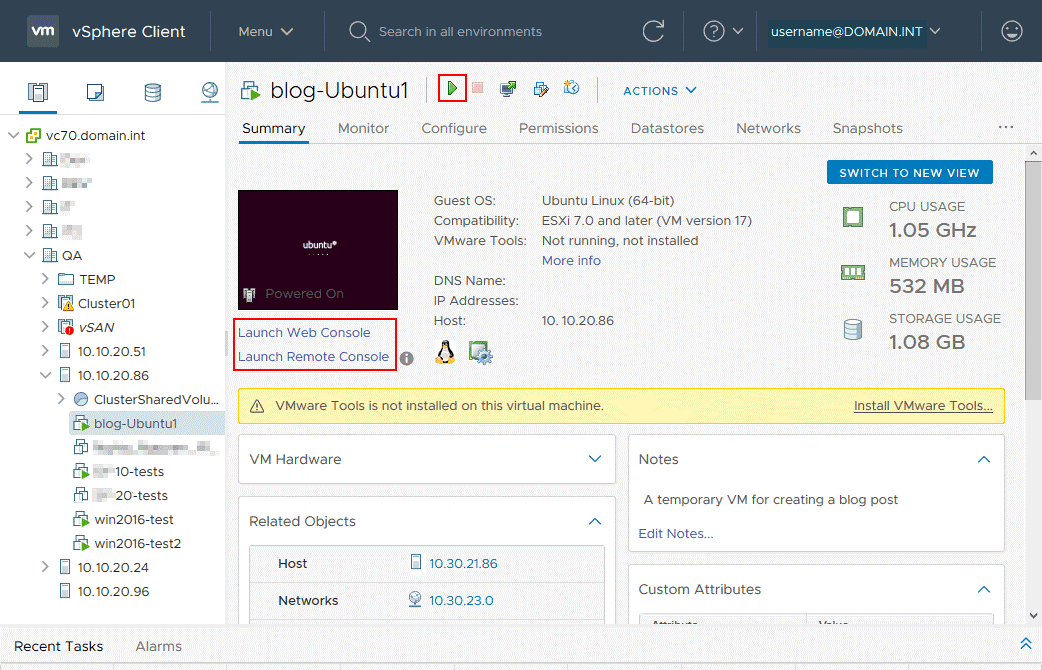

Restore Type: Set this to Replace Disk(s).Pick the restore point, or backup job, that you want to restore from and click OK. Next, you will click the Restore VM button, which will start the Restore process. Recovery services vault: Navigate to Backup Items (under Protected Items), click Azure Virtual Machine, and select the virtual machine in question.The virtual machine: Browse to Backup (under Operations) and click Restore VM.You can start the disk recovery process in either one of two places:

To start this process you must shut down the virtual machine so that it is a deallocated state in Azure.
The data of the parallel backup job is copied from the snapshot to the recovery services vault.īy reusing the metadata or configuration of the virtual machine, any membership of an availability set/zone is retained and there is no magic to be done! How it Works. Once the snapshot of the parallel backup is created, the existing disks of the virtual machine are replaced, reusing the existing metadata of the virtual machine. In parallel, a job runs to back up the virtual machine as it is now, allowing a rollback to be done if later required. Recover the disks from backup to a staging location (blob storage in a storage account). When you select this process, Azure Backup will: If you want to perform a recovery of a virtual machine that still exists in Azure, then you have a new option to replace the disks. Managed Disks: We had a process that took more time where we could restore the disks as un-managed disks, convert them to managed disks, create a new virtual machine from the OS disk while restoring the availability set/zone membership, and then add the data disks.īut – that’s messy, so Microsoft has given us something new to simplify the process of recovering an existing virtual machine. Un-Managed Disks: A JSON file is also restored with the disks in blob storage, and you can deploy the JSON file to recreate the virtual machine, including the availability set/zone membership. We have had workarounds based on restoring the disks of a virtual machine instead of the whole virtual machine (including the metadata): When we restore a virtual machine, we cannot restore membership of an availability set (highly available placement in a single compute cluster) or an availability zone (highly available placement across data centers in a region). We have had an issue with restoring virtual machines in all but the simplest deployments in Azure. If we lose the metadata, we can recreate it. The metadata of an Azure virtual machine is normally of little value, and everything we care about is in the disks. The disks: This is everything of value in the virtual machine is kept, such as the operating system, identity, software, OS and software configuration, and the data. The metadata: A description of the virtual machine, which is what we see and typically works with through administrative tools, such as the Azure Portal. 
No matter what hypervisor you use, a virtual machine has a common makeup.







 0 kommentar(er)
0 kommentar(er)
